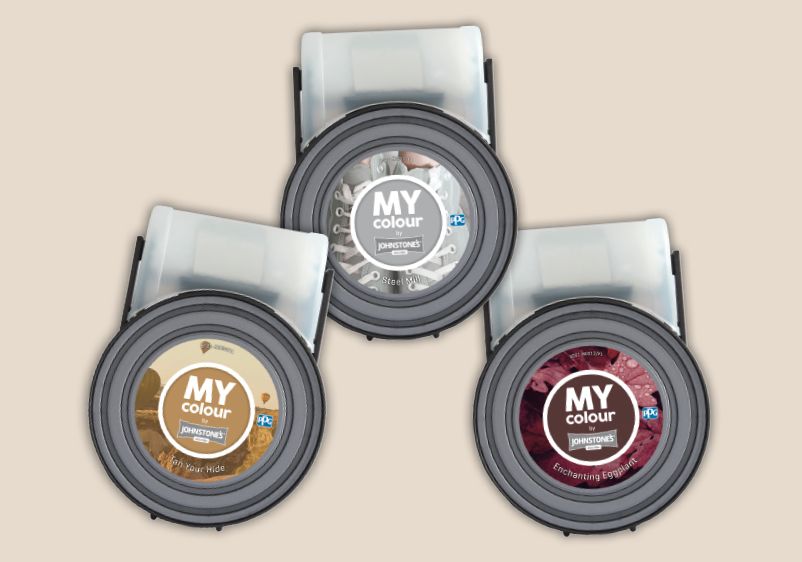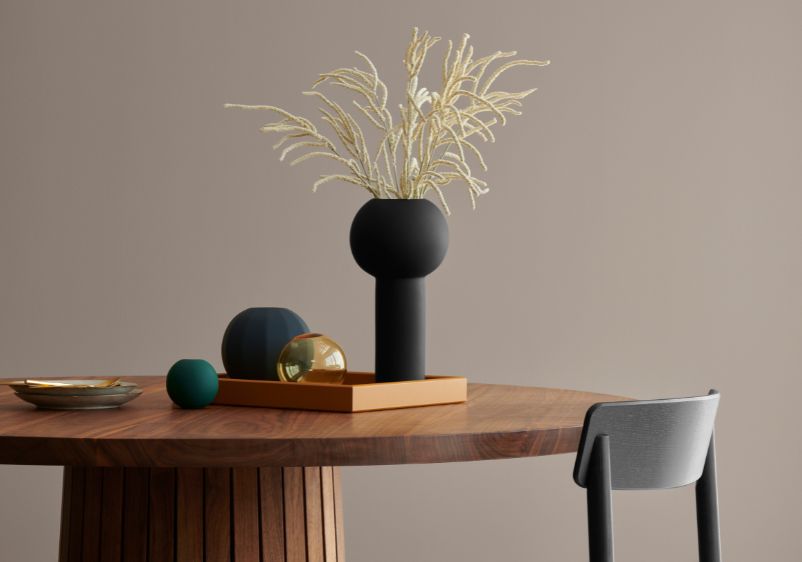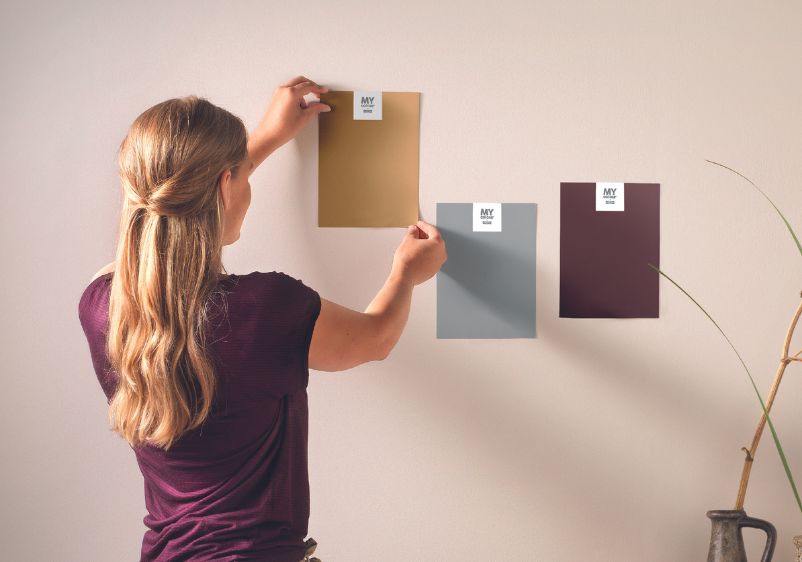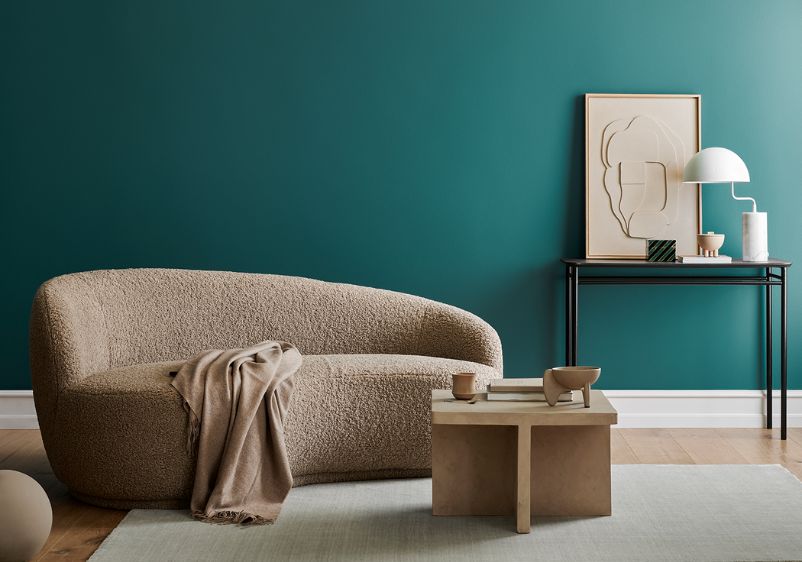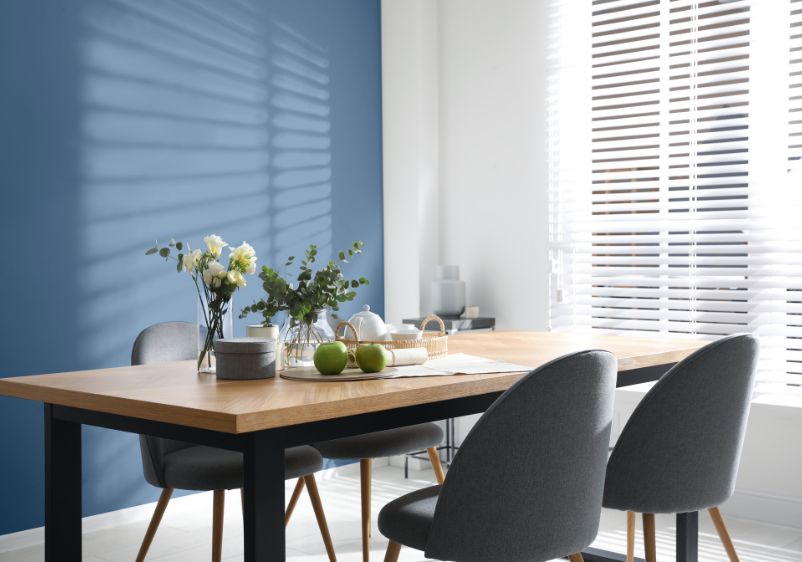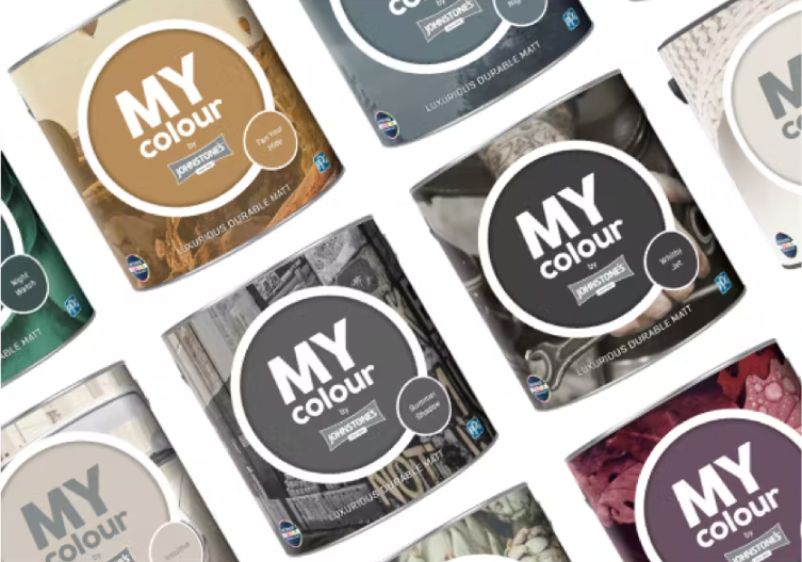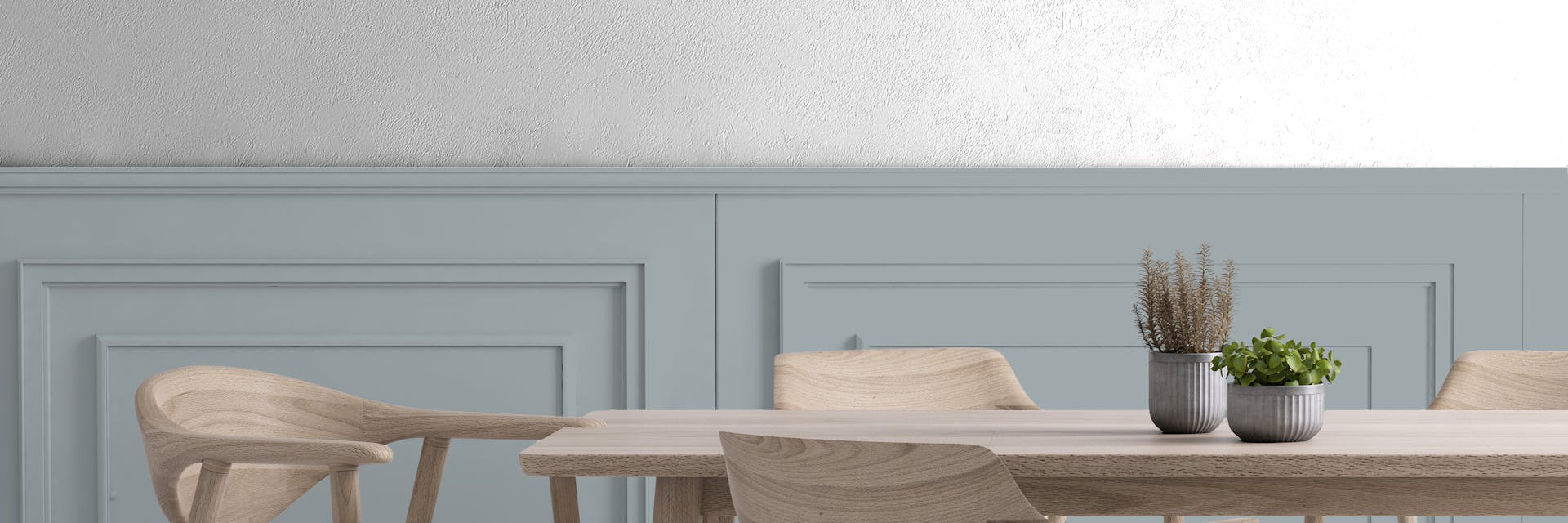Are you keen on experimenting with period interior design? Perhaps you’re looking to revive an older home with authentic paint colours. If you’re restoring a property built during the Victorian period, put those contemporary shades to one side and break out a palette rich in dark colours and moody hues instead.
The Victorian era spanned much of the nineteenth century and stands as one of the most important periods in British interior design. Succeeding the grandeur of the Georgian and Regency eras, Victorian design was defined by stained glass, elegant parquetry, and tall-ceilinged spaces.
All of these design elements can be easily incorporated into a space, but for an authentic aesthetic, Victorian colours are the only way to go. During this period, dark colours were the flavour of the day, with a preference for deep blues, intense reds, and rich greens. Ideal for injecting some luxury into living spaces and perfect for dramatic dining room makeovers, Victorian paint colours bring a premium finish to any home.
Colours Commonly Seen in Victorian Decors
Although Victorian interiors were less elaborate than the Georgian spaces that preceded them, many design hallmarks remained. Symmetrical layouts and sophisticated design accents were signatures of the early Victorian period, while intricate mouldings, ornate wood panelling, and elaborate stained glass became popular during the latter half of the period.
However, colour palettes were just as crucial to Victorian-era design. Traditional Victorian paint colours were typically on the dark side, with the average palette consisting of intense reds like burgundy and maroon. Other favourite shades included deep greens and intense blues, alongside earthier colours like chestnut brown.
Any of these colours are an ideal addition to the interior of a period property. Worried that Victorian paint colours might prove a little overwhelming for a contemporary home? To use these quintessential Victorian shades in a smaller space, use them as an accent colour to anchor your palette.
A deep red can be used for a feature wall in a dining space, with warm off-whites providing balance. In living spaces, warm chestnut tones will grant a welcoming ambience, with low-key tans and subtle beiges rounding off your palette to perfection.
Deep Blues
Vintage Denim
Midnight Sapphire
Deep Blue Gulf
Dark blue hues are a hallmark of Victorian design. Rather than the soothing blues and icy tones found in contemporary interiors, the Victorians favoured deeper, more intense shades that created dramatic backdrops throughout the home. Inky blues are ideal for overhauling a spacious Victorian hallway, while teal-infused tones are a terrific addition to dining spaces.
Ready to get started on reviving a Victorian-era space? Why not pick something like Deep Blue Gulf as your signature shade? This deep navy blue is infused with a generous amount of indigo, making it an atmospheric addition to bigger spaces. However, you can still put it to use in more compact rooms. It’s perfect for creating a cosy, cocooning effect in smaller dining rooms. Alternatively, use it as a stylish alternative to lighter tones when decorating a bathroom.
Not sure whether a smaller room can handle an all-dark palette? A statement-making accent wall can bring a touch of Victorian character to your space, without overwhelming your interior. Midnight Sapphire is a great feature wall colour, with this alluring navy blue infused with black undertones. If you want to really embrace the Victorian aesthetic, bring in some ornate wood panelling, replica mouldings, and metallics.
Looking for lighter shades for your Victorian property? How about something like Vintage Denim? This cornflower-infused blue might be dark, but it’s more muted than your average navy. Ideal for rooms with small windows and limited natural light, it’ll bring a breezy energy to living rooms and dining spaces and makes a great choice for home offices and reading rooms.
Forest Greens
Forest Stroll
Forest Green
Racing Car
Greens were another go-to design choice during the Victorian era, with dark green hues proving particularly popular. Forest greens bring a lush energy to any space while serving as a sophisticated backdrop for the ornate accents and decorative elements synonymous with this design period.
Want to bring some al fresco energy to your interiors? Go with a green like Forest Stroll. This viridian green is perfect for making an impression in living areas, dining spaces, and hallways, with its blue undertones making it easy to bring in cooler accent colours for a more elaborate palette. While dark, it’s still fairly muted, meaning you can use it liberally and put it to use as an all-wall colour. If you want to bring balance to your space, pair it with cool-toned accents like smoky grey.
Forest Green is another stylish choice for a Victorian-period property. Packed with botanical character and refreshing pine pigment, it’s ideal for giving tired spaces a new lease on life. Use it to bring a soothing energy to your bedroom or pair it with earthy accents like chestnut to create a timeless palette for a dining room.
If you’re in the market for a more playful shade, try Racing Car. Although this is a dark green, it’s restrained enough that you can use the same colour on every wall, even in a smaller space. What’s more, its teal undertones grant it depth and play well alongside blue and grey accents. Keep it simple with all-white panelling for an uplifting overhaul of your favourite rooms, or reach for premium parquetry, carved furniture, and Victorian mouldings for something more extravagant.
Deep Reds
Burgundy Noir
Burgundy Wine
Rum Punch
Is your dining room lacking drama? Looking to enliven your living room with a welcoming colour palette? Deep reds are a good choice, bringing plenty of personality and essential warmth to your interiors. What’s more, they’re a staple of Victorian interiors. Instead of using a red-infused off-white typical of contemporary homes, go a few shades darker to bring the appeal of the Victorian era to your space.
In need of some interior decoration inspiration? Go with Burgundy Noir. This spiced red is enriched with rocky undertones, making it a good choice for living rooms and dining spaces. It’s a particularly good option for rooms with tall ceilings and plenty of square footage, but it can still be used in smaller spaces as an accent colour. Although it’s an intense colour pick, it’s surprisingly versatile. Go for dark wood when selecting period-style mouldings or go for a fresher aesthetic with white painted woodwork.
Searching for a more sultry tone to add to your colour palette? Try a dark red like Burgundy Wine. This shaded hue has a rusty quality that makes it a refined addition to any Victorian era and an ideal choice for grand dining spaces or spacious living rooms. If you want to put a contemporary spin on Victorian design, incorporate other red shades for a tonal interior. Alternatively, reach for complementary shades to create a more complex palette. Deep chocolate browns work particularly well, although softer shades like tan and beige can prove equally effective.
Luxurious Purples
Acai Berry
Carob Chip
Pageant Pansy
Purple paint colours were a favoured choice in Victorian interiors, providing a touch of opulence and regality. These deep, rich purples are perfect for adding a sense of luxury to any room. Let's explore a few of our top purple hues for Victorian-inspired spaces.
First up, we have Acai Berry. A deep and luxurious purple with moody edge. An excellent choice for a modern living room or dining space. Pair this hue with cream tones for maximum effect.
Looking for a more grounded appeal? Carob Chip is the answer. A brown-infused purple that exudes warmth and elegance. This shade is perfect for creating a cosy, inviting ambiance in bedrooms or study areas.
If you're looking for something a bit brighter but still within the Victorian palette, Pageant Pansy is a great option. This vibrant yet rich purple can serve as a striking feature wall or an accent colour to bring energy and depth to your interiors.
















